Anse Chastanet: A St Lucian paradise where jungle biking, chocolate-making and sailing are all part of the fun
Set into an unspoilt tropical hillside above a perfect white beach and a World Heritage site, St Lucia's Anse Chastanet is a unique Caribbean resort with all manner of things to do. Alison Wood paid a visit.
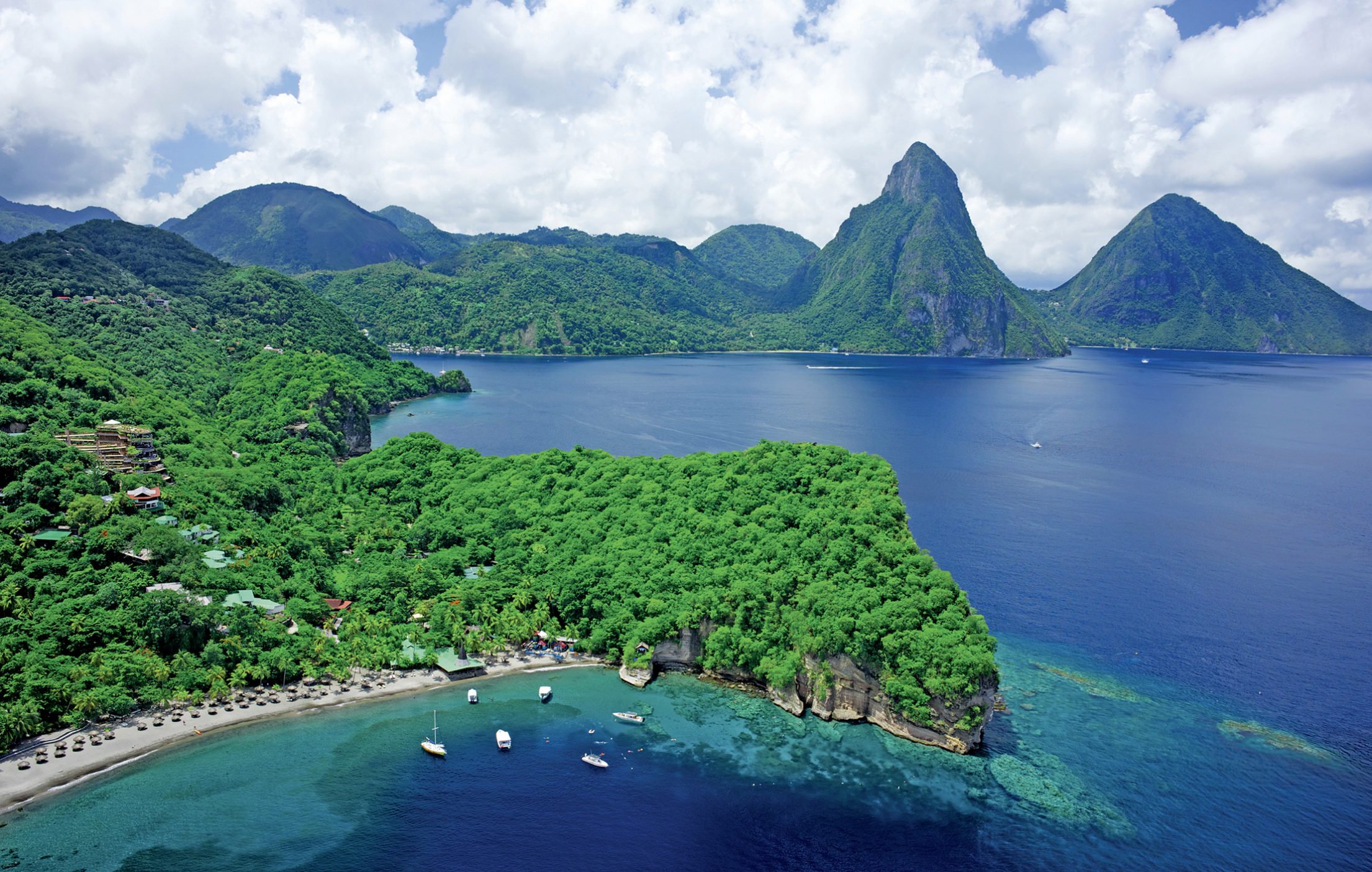
I bounce over tree roots: my shins brushing ferns, arms tickled by vines. How am I still on the saddle? There are coconuts on the track, some sprouting palms, and the air is thick with the scent of citronella.
‘Welcome to Jurassic Park,’ grins our bike guide, Tyson. I can see how this lush forest would make a fine habitat for tree-munching sauropods. We’re mountain biking through the jungle in Anse Mamin, part of the St Lucian resort of Anse Chastanet, which enjoys a remarkable fusion of luxury and nature overlooking a World Heritage site.
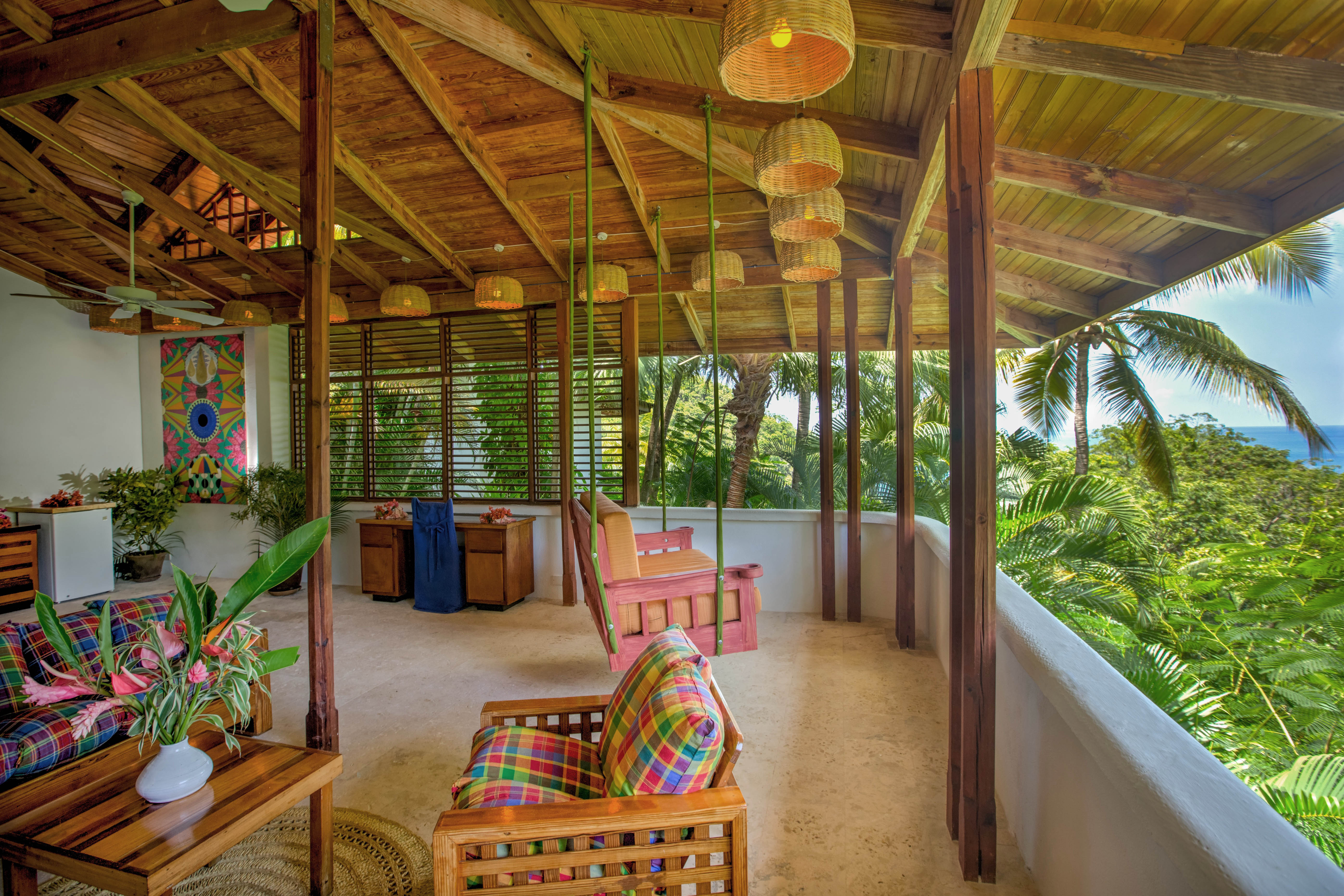
Designed by Canadian-Russian architect Nick Troubetzkoy, the 600-acre hideaway was environmentally conscious long before ‘green’ became hip.
The whitewashed chalets have wraparound balconies and louvered windows, with the fourth ‘wall’ completely open to the vista. Trade winds replace air conditioning and don’t even think about TVs – just swinging chairs from which you can watch the sunset.
Right now, though, as I hurtle along, such relaxing moments feel a world away. ‘Use both brakes,’ shouts Tyson, as I squeeze the rear one too hard, and skid across the forest floor, still muddy from the rains. There are whistles and cackles from the canopy – are those birds laughing at me?
Jungle biking has been one of the activities at Anse Chastanet for over a decade, and it says everything about the place: it’s somewhere to throw yourself into things, not just a place to lie back and let the world go by. It might not be the biking: there are watersports, cookery classes and excursions – or you can climb Gross Piton, zip-wire through the jungle, bathe in sulphur springs, and sail a yacht before heading back for a spa treatment.
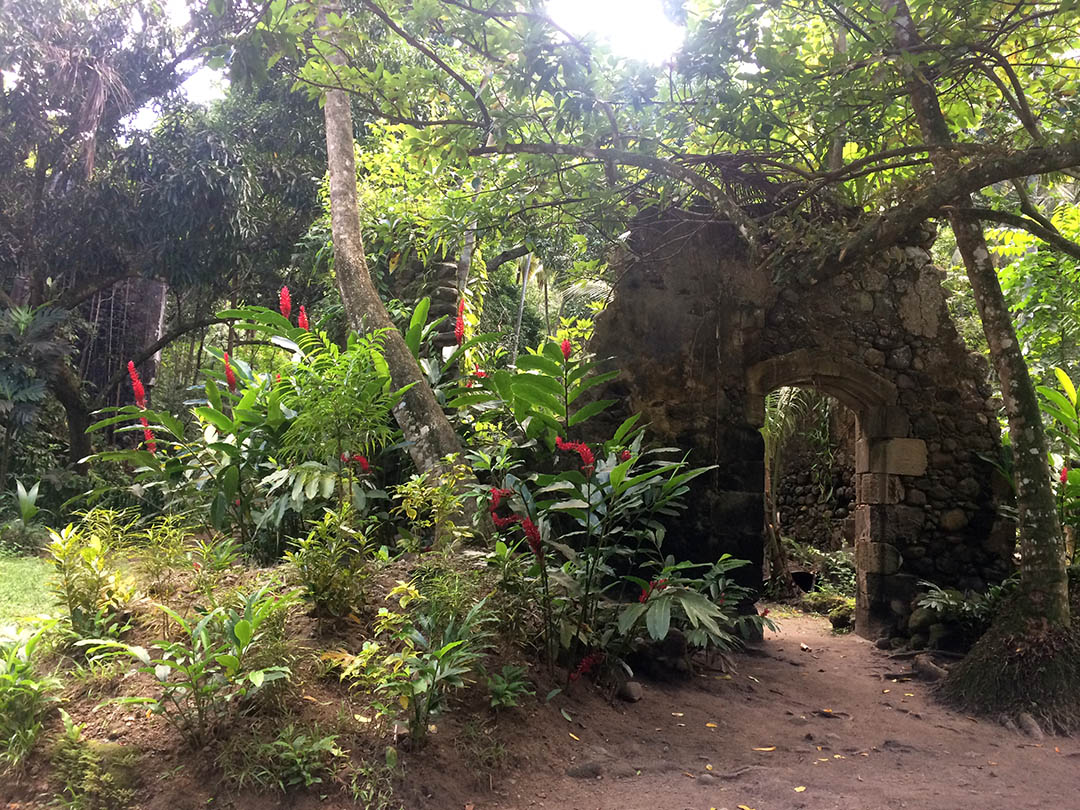
Pleasantly exhausted by the late afternoon, I lie on the sun-lounger and order some chicken satay and rum punch – all part of the inclusive package, with waiter service on the beach. As the sun goes down, I listen to the symphony of warblers, crickets and tree frogs. They get louder and quieter and stop altogether, as though there is a little conductor amongst them.
Sign up for the Country Life Newsletter
Exquisite houses, the beauty of Nature, and how to get the most from your life, straight to your inbox.
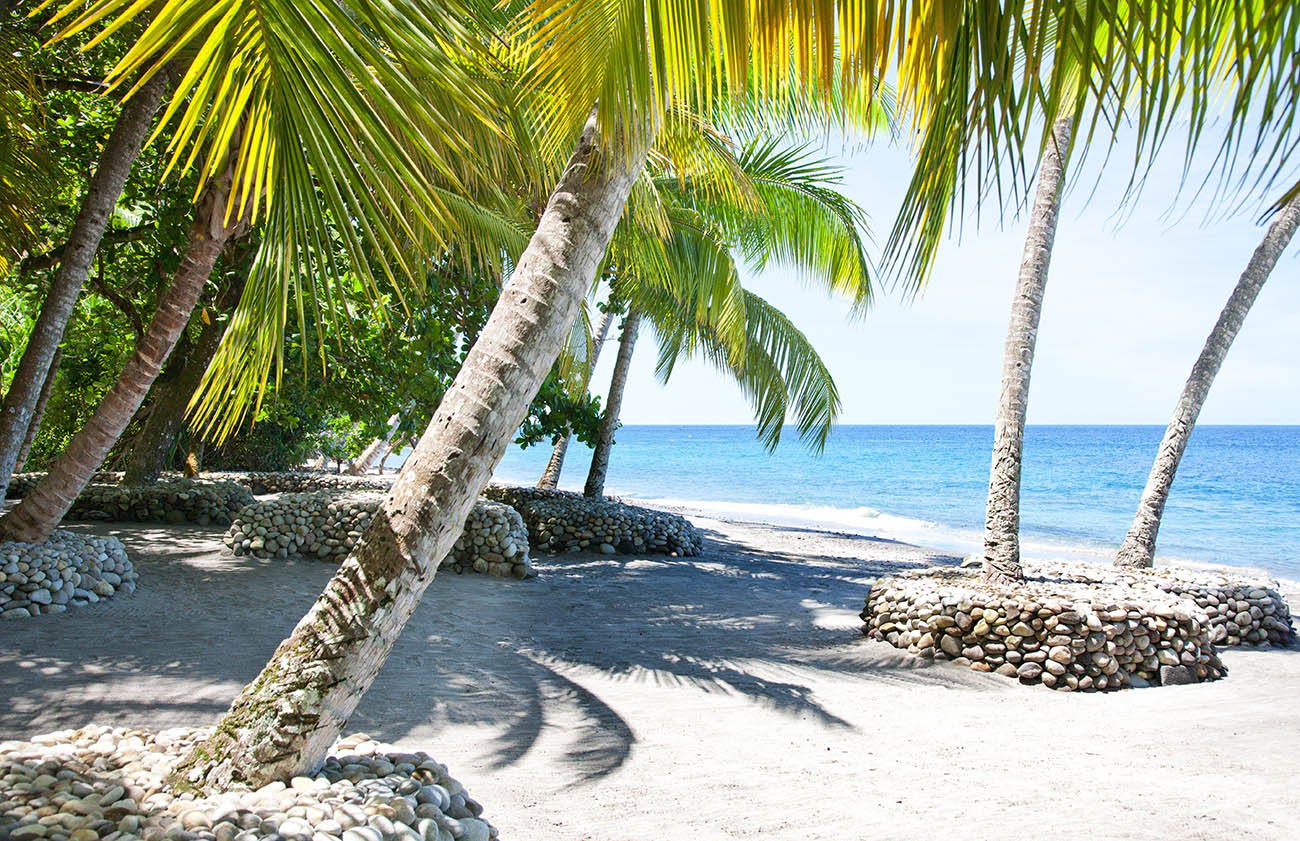
The next day I take a walk with Anse Chastanet’s executive manager Peter Jean-Paul to the hotel’s sister resort Jade Mountain. Sculpted out of the hillside, it has the feel of a space ship that’s landed in an ancient civilisation, with futuristic walkways reaching out like wheel spokes from a central hub, and suites with infinity pools instead of walls.
‘Do you get celebrities here?’ I ask Peter, clocking the helipad.
‘Let’s just say if you see someone and you think it’s them, it probably is,’ he replies.
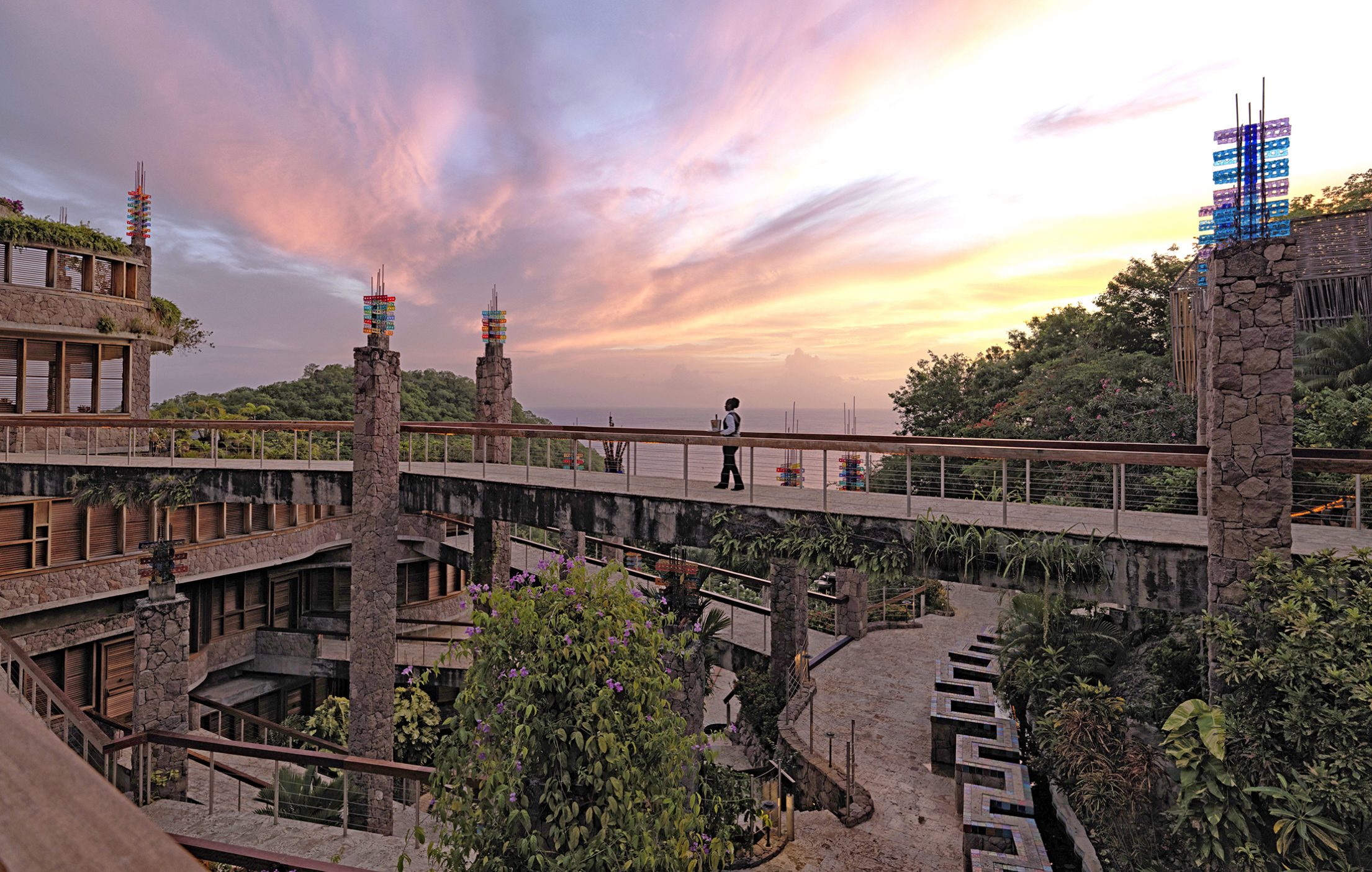
Yet the real star of the place? The chocolate lab, where guests can learn to make their own sweet treats using cacao pods grown from one of the 2,000 trees on the estate. Peter talks me through the process, explaining the different concentrations of cocoa – the 92% is popular.
‘Believe it or not, it’s a favourite,’ he explains. ‘St Lucia, at one time, had the most fertile soil in the world so the chocolate is relatively sweet compared to others.’ As the cocoa content decreases, the sugar increases, and the bars become less bitter. There are a dozen or so different flavours, each seasoned with ingredients from the estate such as coffee beans, cashew and cinnamon. I try the chipotle, which is 70% cocoa – the kick is subtle and it tastes delicious.
Most St Lucians grow cacao trees in their garden, and use the pods to make cocoa bread and tea. The older generation swear by it, Peter says. It’s good for the blood.
That’s good news, as mine is pumping hard. I don’t know if it’s the chocolate, the altitude or the vast, mind-boggling greenery of St Lucia, but I feel like I could simply launch myself off the helipad and soar over the Pitons like Christopher Reeve in Superman II.
My date with paradise has been short and sweet, but it feels like I’ve been here for weeks. Where else can you cycle through paradise, swim with your supper and feast on organic, home-grown chocolate?
- A standard room for two people at Anse Chastanet costs around £480 (£620 including breakfast and dinner), until April 2019. All-inclusive and weekly packages are available; see ansechastanet.com for details. For more information on St Lucia, see saintluciauk.org.
https://youtu.be/Yz2pYa2sd7A?t=20
Food and drink
One our first evening we head to the Creole barbecue, a feast of fish, rice and plantain dishes seasoned with coconut, lime and lemongrass. It’s a wonderful introduction to Caribbean food, though I do feel a pang of guilt when I eat Lionfish, and later watch one follow my finger around the fish tank.
There are four restaurants on site – two in the hillside treehouse, and two on the beaches. As well as Caribbean food, guests can choose from an award-winning vegan menu and an international one, which changes each day for a fortnight.
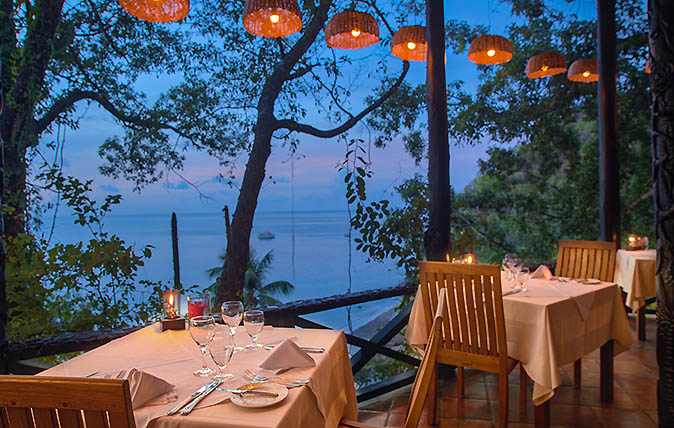
My favourite restaurant, Trou au Diable, serves a fusion of East Indian and St Lucian food. When slavery ended in 1838, the West Indian planters needed an alternative source of labour, and sailed across hundreds of thousands of workers from India. Seven generations later, their dishes are still a big part of Caribbean cuisine.
Breakfast, served in the treehouse, is equally exotic, with dishes to suit all tastes, from fig with salt fish to Tuscan omelette. I can’t resist the buttermilk waffles with rum, bananas and ice cream.
Things to do
The sugar plantation
At the end of the mountain biking trail the surroundings change subtly as the trees thicken and the trail gets darker. Just when I lose my bearings the jungle opens sup and I feel the hot sun on my cheeks. Slowly, my eyes adjust to the light. Forget Jurassic Park – this is Indiana Jones. We’re in the ruins of an 18th century sugar plantation.
There’s an overseer’s chalet, dilapidated and reclaimed by vines, and a room full of rusty cast iron cauldrons where molasses once bubbled.
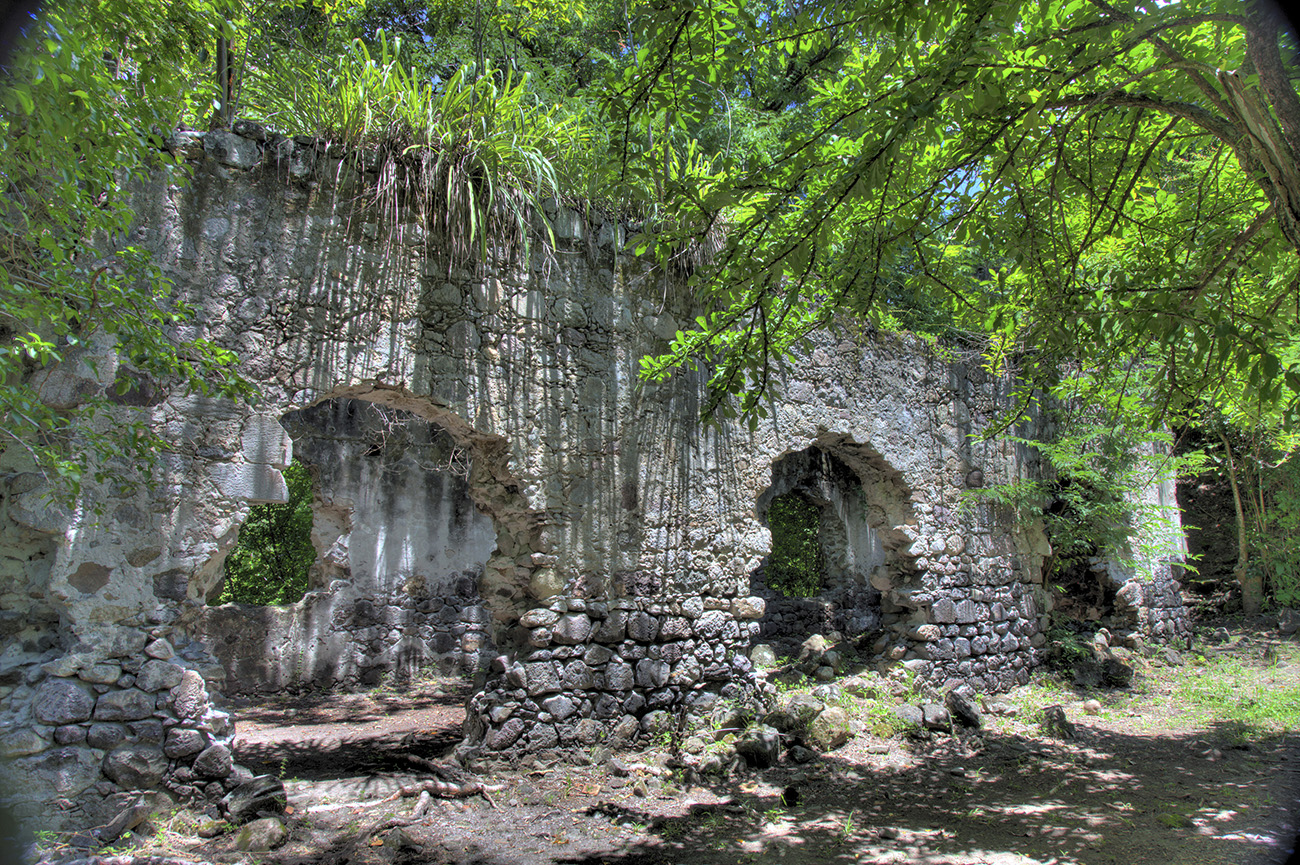
‘I call this the stairway to Heaven,’ says Tyson quietly. ‘The plantation was run by slaves, and this is where they lived – crowded together in a room above the mules.’
It’s a sobering reminder that St Lucia’s rich culture – the Creole language, and sweet fried food, the rhythmic dances and colourful traditions – is rooted in the West African slave trade.
At its peak in 1785 there were 83 plantations like this on St Lucia. Heavily contested, the island changed hands 14 times between the French and the English, before finally becoming independent in 1979.
Beach life
After the jungle biking I head to the marine reserve and go snorkelling. To my delight, the world below the water is as exotic as the one I’ve just left. I float above yellow tubular sponge, watching blue tang dart this way and that and a curious puffer fish ascend from the depths. A moray eel sways, open mouthed in the current, and the sea crackles and pops as fish nibble on coral.
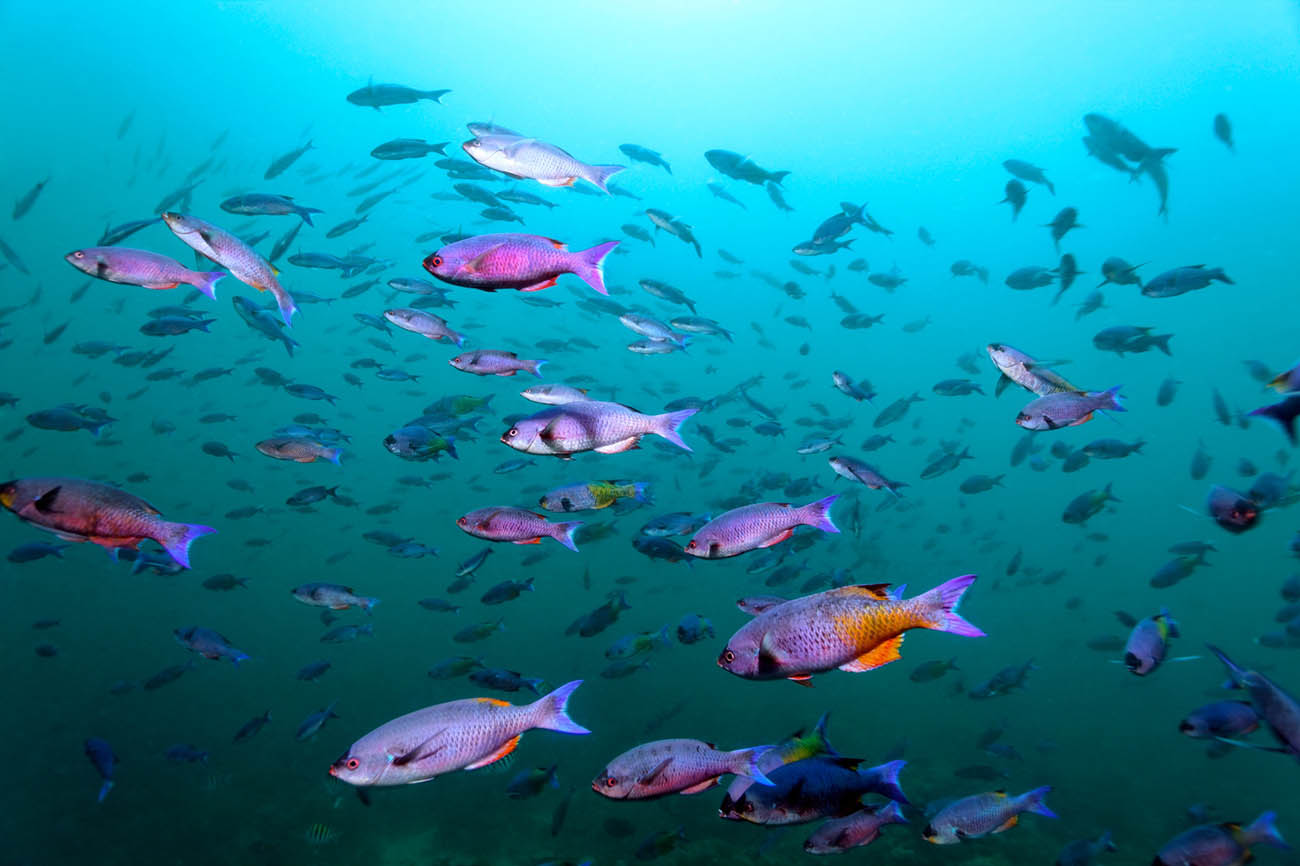
Next, I take out a dinghy and beat to the edge of the bay where I can see St Lucia’s famous twin peaks, the Pitons. The wind dies, so I lie back and enjoy the view until a breeze fills and nudges me back ashore. If you’re looking to sail something bigger, there is also a 42ft yacht available for charter.
Bird watching
With 174 bird species, six of them unique to the island – and you'll see them everywhere. This is something I find out in the morning as I graze on banana cake whilst listening to the dawn chorus. No sooner do I set down my plate but a tropical blackbird swoops in and polishes off the crumbs.
At breakfast I get another reminder as I notice a water pistol on the table. It seems odd at first, as I’ve not noticed any children. I order a mango smoothie and when I return from the buffet bar there’s a bullfinch merrily sipping it. Now I know what the pistols are for…
St Lucia really is a twitcher’s paradise, and if you want to make the most of it the hotel offers bird watching tours for guests.
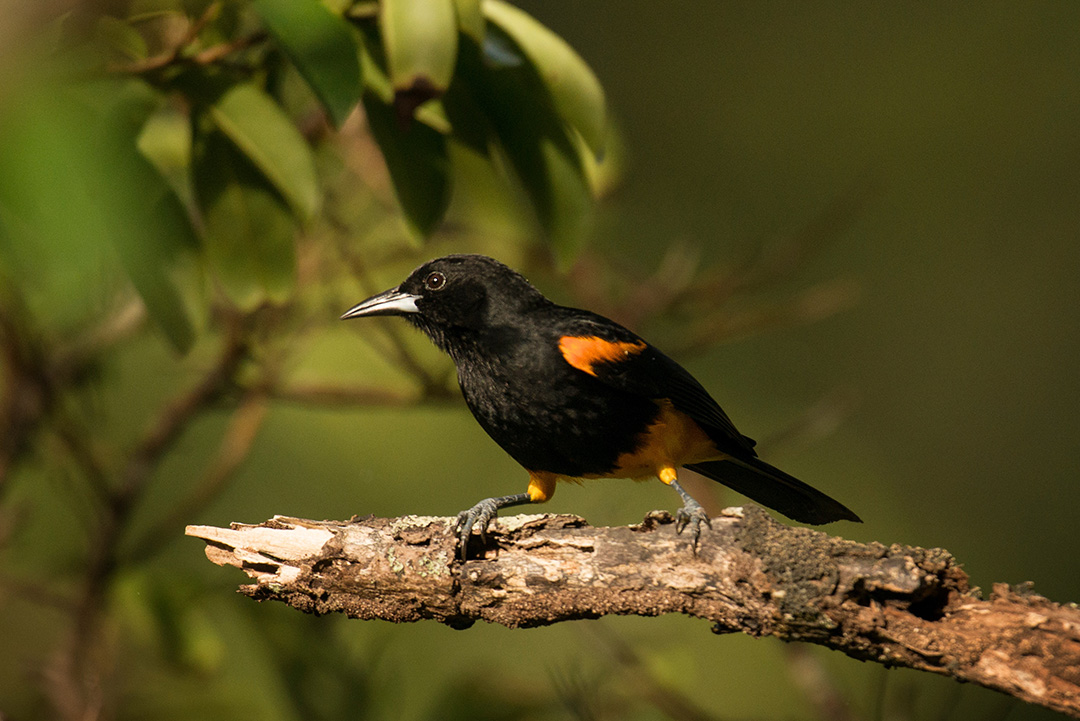
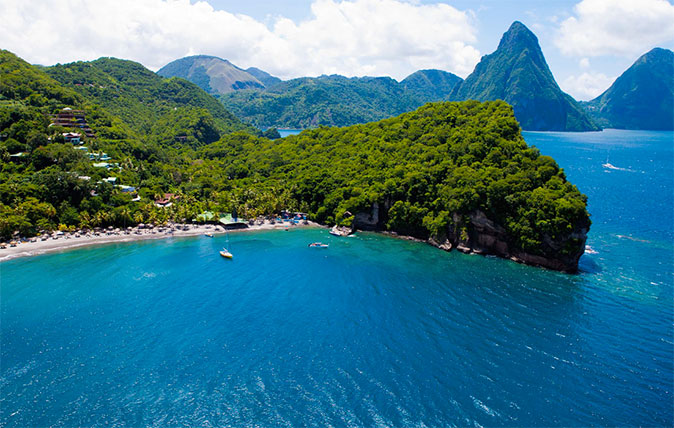
Perfect island getaways in the Maldives, Madagascar and St Lucia
British weather couldn't be drearier than it is right now, so here are three of our favourite island hotels around
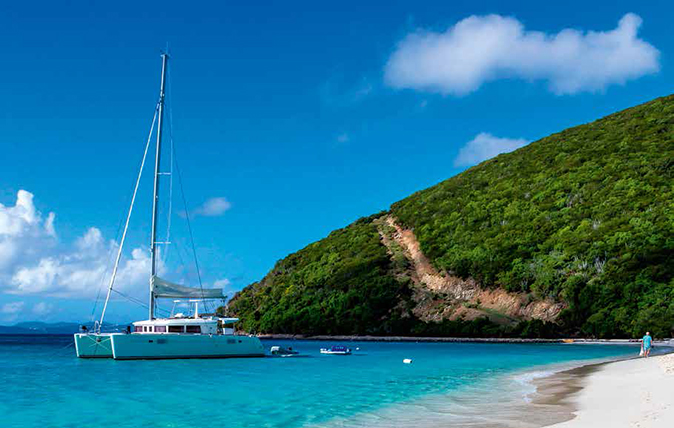
Which Caribbean island is best for you?
Decisions, decisions - it's a tough life.
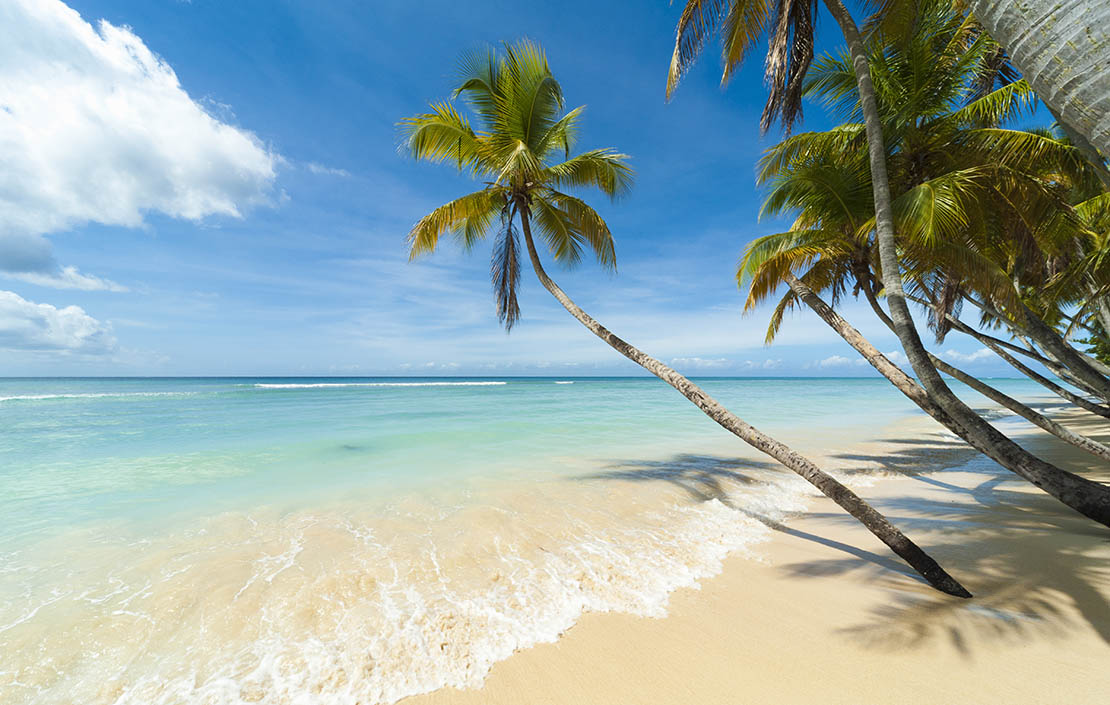
Tobago: The unspoilt island that's a taste of the Caribbean as it used to be
Tobago's deserted beaches, glorious natural wonders and fantastically friendly local culture have been wonderfully untouched. Here's what you can expect
-
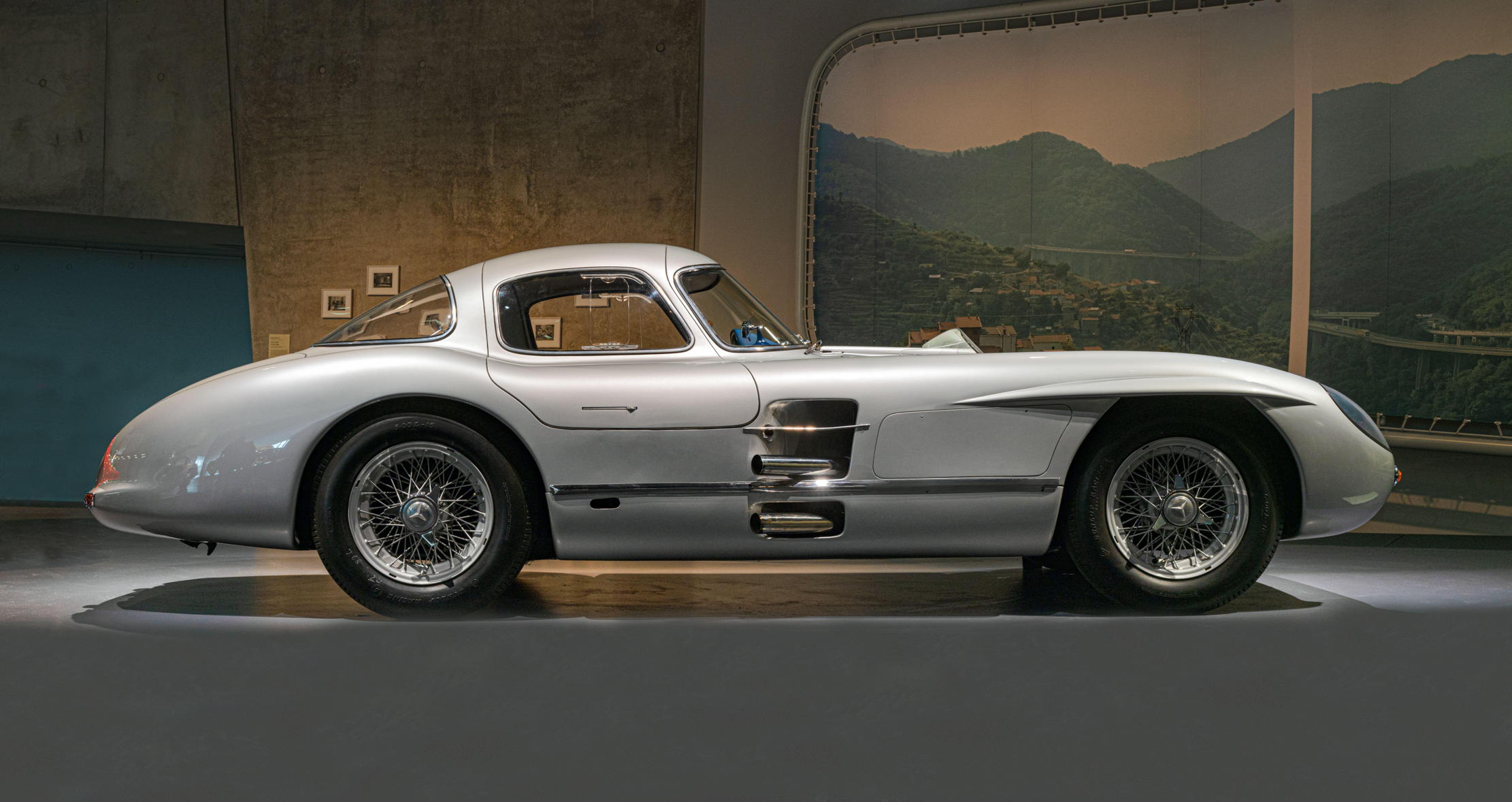 Jungle temples, pet snakes and the most expensive car in the world: Country Life Quiz of the Day, April 14, 2025
Jungle temples, pet snakes and the most expensive car in the world: Country Life Quiz of the Day, April 14, 2025Mondays's quiz tests your knowledge on English kings, astronomy and fashion.
By James Fisher Published
-
 Welcome to the modern party barn, where disco balls are 'non-negotiable'
Welcome to the modern party barn, where disco balls are 'non-negotiable'A party barn is the ultimate good-time utopia, devoid of the toil of a home gym or the practicalities of a home office. Modern efforts are a world away from the draughty, hay-bales-and-a-hi-fi set-up of yesteryear.
By Annabel Dixon Published